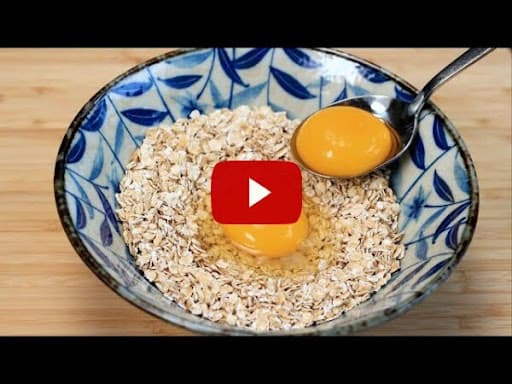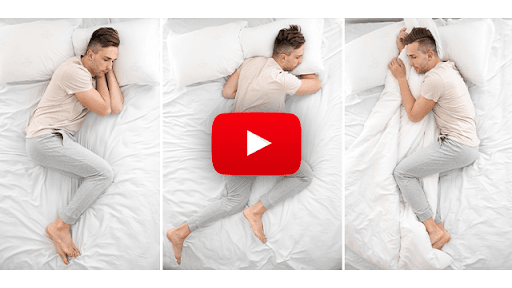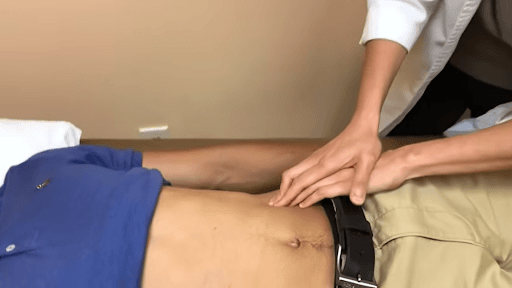The Fastest Way to Lose Weight? | Dr Anthony Youn
In recent years, liposuction has been surrounded by myths and misconceptions. Many believe it's a swift path to weight loss—this article clarifies those misbeliefs by delving into what liposuction truly involves, distinguishing fat types, and addressing the realities of surgical reshaping.
The belly fat protruding noticeably often results from visceral fat—"fat on the inside of our abdomen around inner organs," says the expert. Unfortunately, liposuction cannot remove visceral fat; it tackles subcutaneous fat, fat residing below the skin surface.
Accordingly, liposuction is recommended primarily for those stubborn, genetically predisposed fat deposits resistant to diet and exercise. These include double chins, saddle bags, and other localized pockets that can't be addressed by targeted workouts.
A safe liposuction procedure limits fat removal to 5 liters per session; even then, this equates to removing only about 10 pounds, with surgery spanning hours and involving weeks of recovery. Thus, liposuction is not positioned as a comfortable or quick weight-loss alternative.
The traditional practice invoked drastic measures often discarded today in favor of mixed approaches blending lifestyle changes. Importantly, non-surgical fat reduction modalities, combined with exercise and dietary regulations, now vie for attention as potential solutions mitigating the physical effects of unwanted fat deposits.
Patients should ideally maintain a body weight reflecting overall health. Targeting individuals genetically carrying stubborn fat areas lends more successful outcomes, reshaping but not subtracting weight excessiveness.
- Individuals with genetic fat disposition.
- Patients struggling with specific fat spots post-childbirth.
- Those committed to maintaining weight casual fluctuations, post-surgery.
The surgical process involves anesthesia for numbing and constricting blood circulation which improves safety. Post-surgery responsibilities for patients include wearing tight garments to help healing. Temporary soreness termed only as "someone beat me type" persists for some days; nonetheless, recovery should prompt cautious movement without major lifestyle disruptions.
From Around The Web
Wellness Inbox is a blog & weekly newsletter that curates trending news and products related to health and wellness from around the web. We also gather content from various sources, including leading health professionals, and deliver it directly to you.
Please note that we may receive compensation if you purchase any products featured in our newsletter. Wellness Inbox is not affiliated with, nor does it endorse, any health professionals whose content may appear in our newsletter. The information provided is for general informational purposes only and should not be considered medical advice.
The information provided is not intended to replace professional medical advice, diagnosis, or treatment. All content, including text, graphics, images, and information available is for general informational purposes only. We do not guarantee the accuracy or completeness of any information presented and assume no liability for any errors or omissions. The content is subject to change without notice. We encourage you to verify any information with other reliable sources and consult your physician regarding any medical conditions or treatments.







